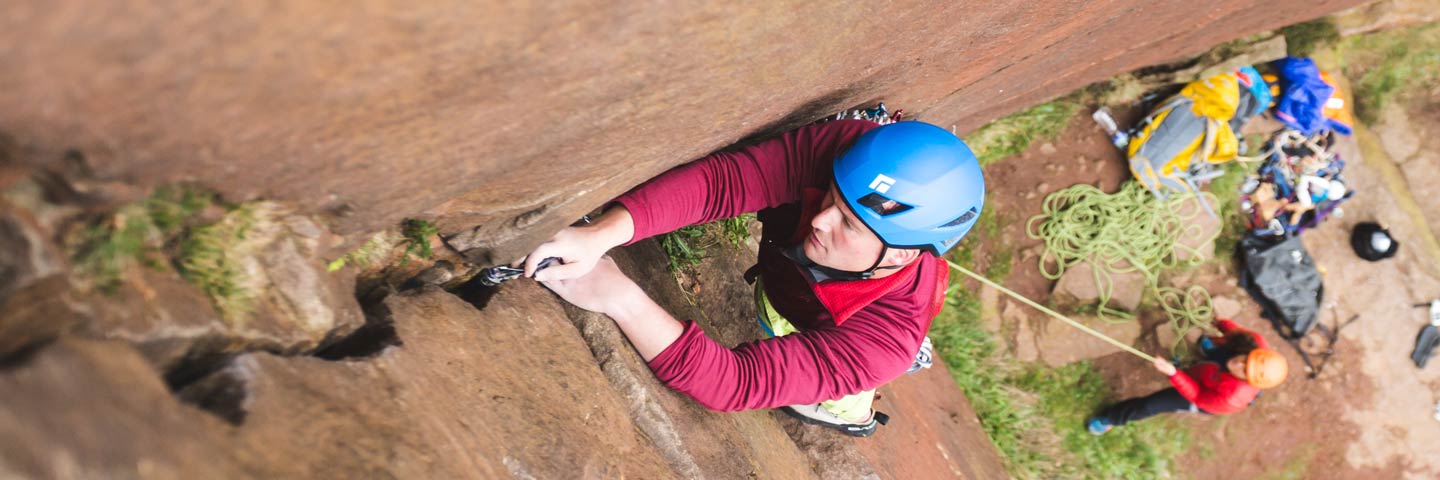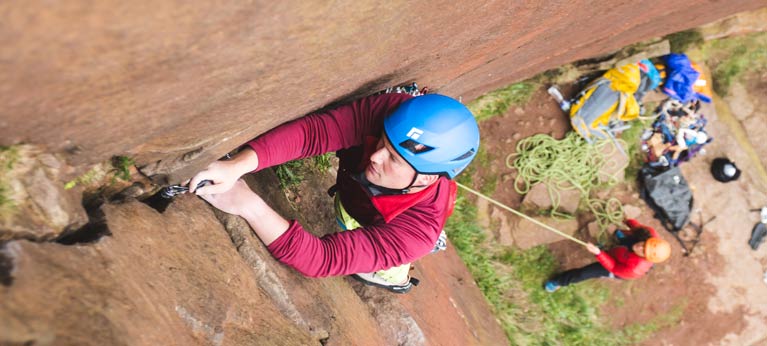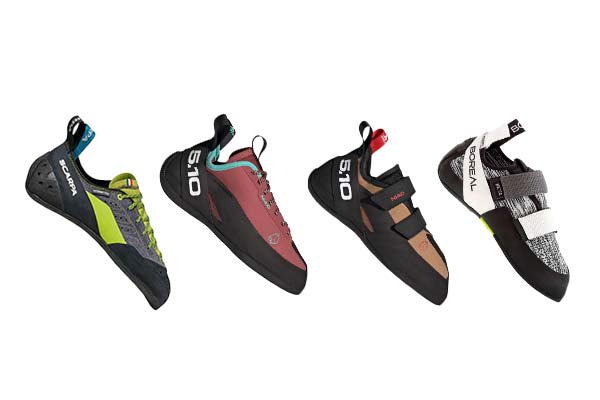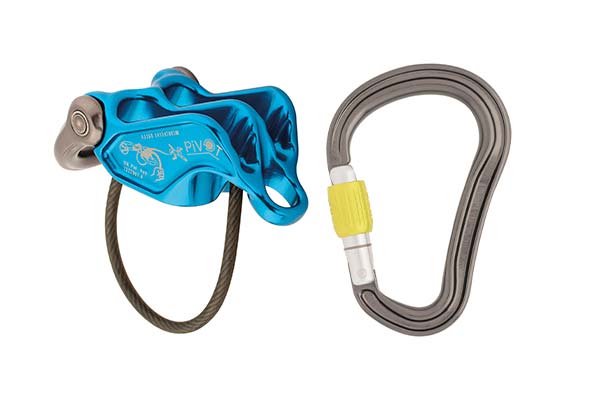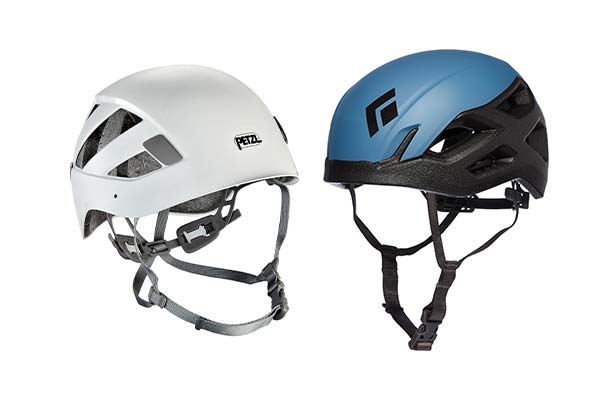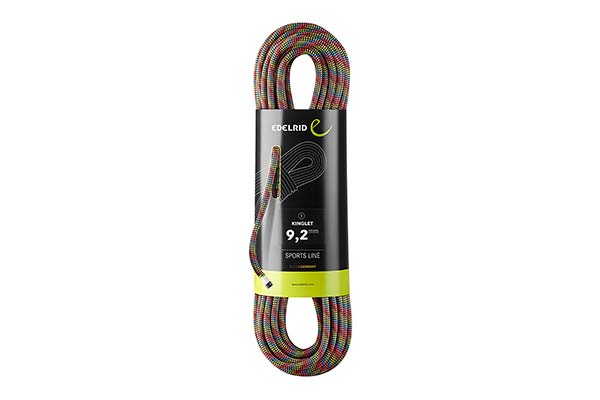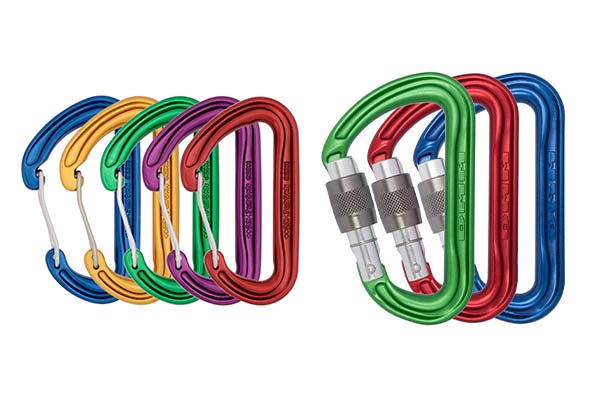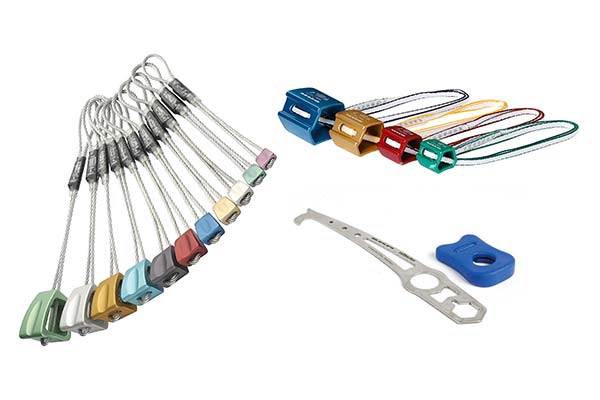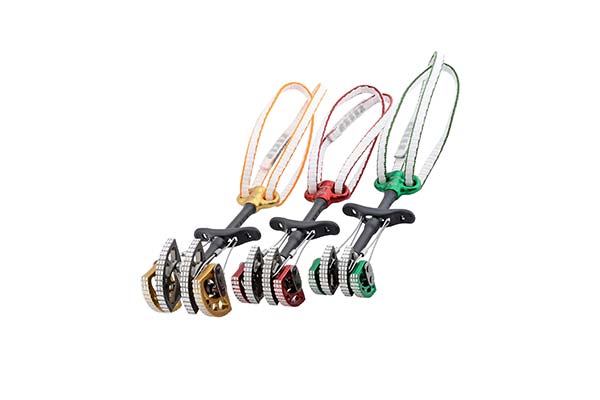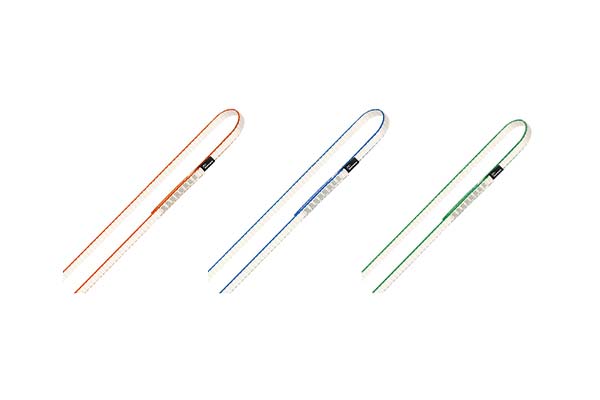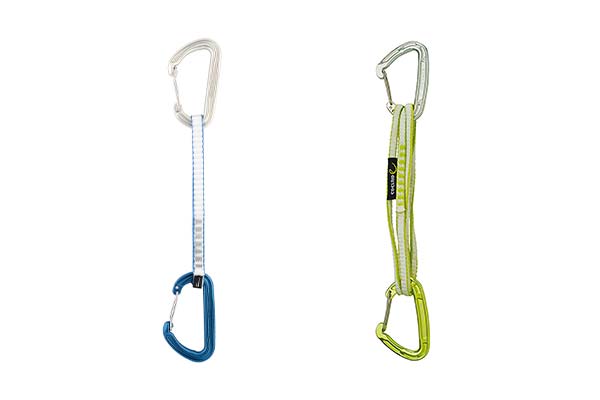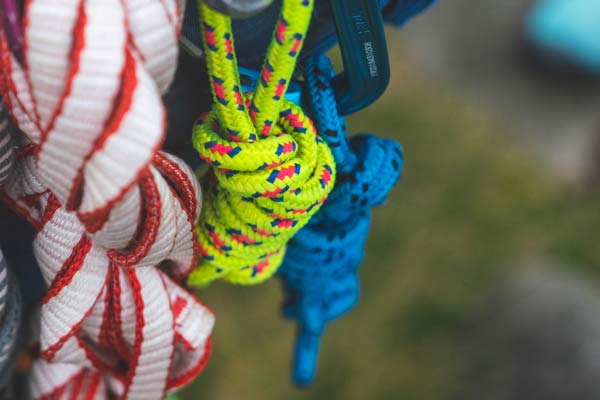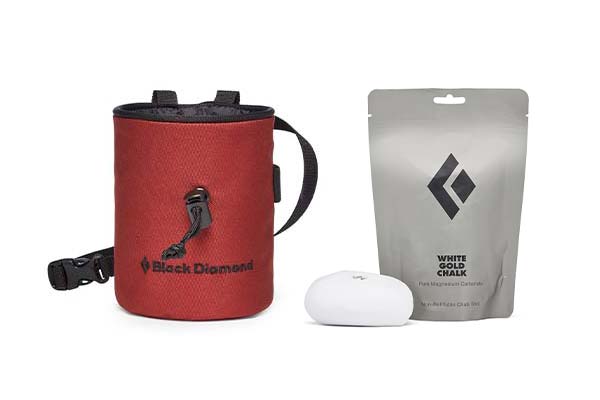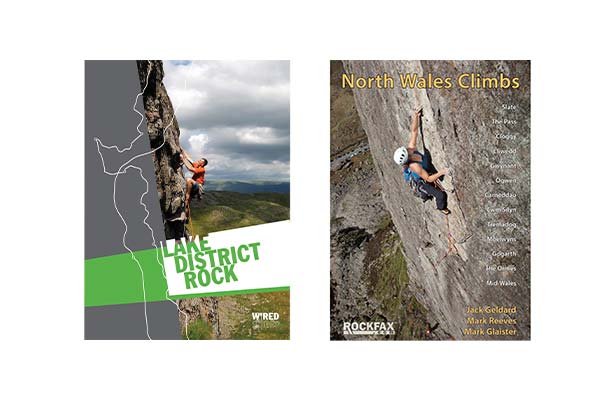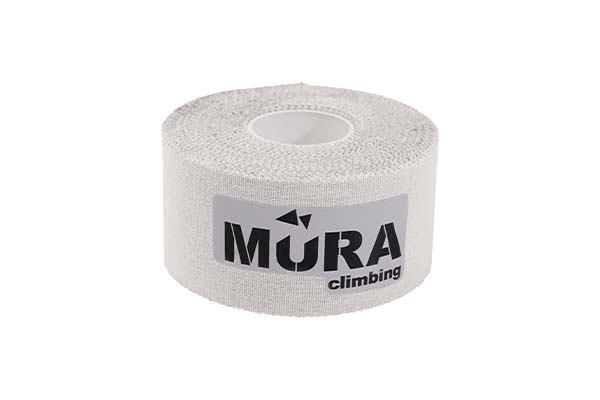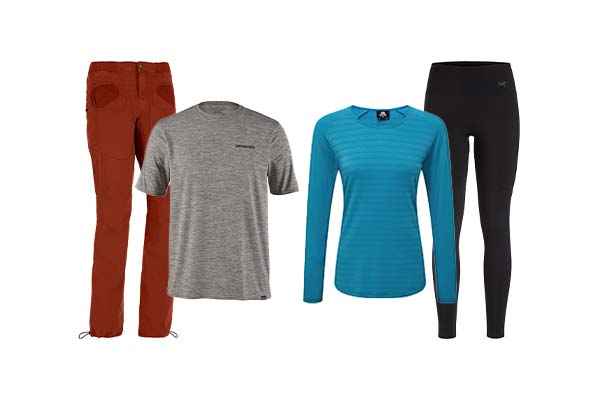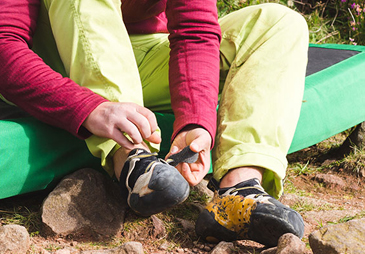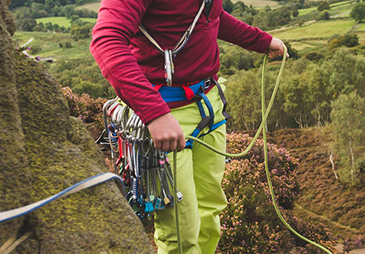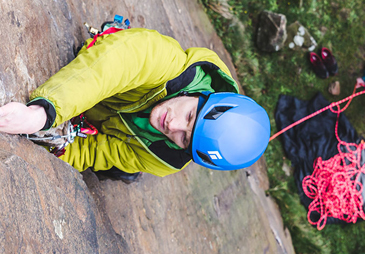What Do I Need For Trad Climbing?
There’s no denying that trad climbing is an equipment-heavy sport. On top of all the sport climbing basics such as rock shoes, harness, and belay device, you’re also going to need different types of protection to place in the various cracks in the rock to catch your falls.
However, if you’re a beginner, you don’t need a full trad rack to get started as you should only go out with experienced trad climbers who will use their trad gear to lead the routes, allowing you to second them. Once you feel confident enough to lead some routes yourself, it’s time to start building a trad rack of your own. To help you remember everything you will need for a safe trad outing, we’ve put together this handy kit list that explains what you should bring with you and why.
Although this list is by no means exhaustive, it includes all the essential safety gear for trad climbing and provides an excellent baseline for anyone building their first trad rack. You will sometimes have to do a little bit of hiking to find the best crags, so make sure to check out our Hiking Kit List as well. But first, here’s everything you need for trad climbing.
Choosing the perfect pair of climbing shoes comes down to your climbing experience and personal preference. However, most trad climbers do tend to go for a pair of relatively flat all-round rock shoes that feel comfortable enough to wear for a long period. Trad climbs, especially multi-pitch routes, can sometimes take hours to complete, so aggressive downturned shoes may not be the ideal choice as you will not always be able to easily and safely remove them if they start to hurt.
Lace fastening is also popular among trad climbers as it gives you fine-tuned control across the foot to find the most comfortable and supportive fit.
Check out our Climbing Shoe Buying Guide for more information on different types of rock shoes.
When it comes to trad, a climbing harness serves two purposes: it is your main piece of climbing safety gear as it attaches you to the rope, but it also holds all your trad climbing protection, such as your cams and nuts. The ideal harness for trad has at least four, but ideally five or more, gear loops to allow you to organise your rack effectively.
You also want the harness to be comfortable and well-fitting as it can get quite heavy when it is fully loaded and you may have to wear it for a long time. Check out our Climbing Harness Buying Guide for more information on how to choose the right size and type of harness for you.
A future-proof belay device for beginner trad climbers has dual holes and guide mode compatibility, as both features will come in handy when you have gained experience and start climbing more challenging routes. Tubular belay devices are generally better for trad than ABDs (assisted braking belay devices) because tubular devices give more dynamic falls and, therefore, put less pressure on the protection. ABDs are also usually only compatible with single ropes, which is a significant limitation when climbing outdoors.
Make sure you choose a locking carabiner with a wide top bar to go with your belay device.
Our handy Belay Device Buying Guide talks you through the different types of belay devices and locking carabiners to help you make a decision.
If you are an experienced indoor climber, you probably already own a pair of decent climbing shoes, a harness, and a belay device suitable for trad. But before you head to your nearest crag, we strongly recommend that you also get a climbing helmet. It’s easy to bang your head on the rock as you climb up or if you fall, and it’s also possible that pieces of equipment or little rocks may come dislodged and fall on the belayer, so a climbing helmet is a must regardless of whether you're the lead climber or the second.
Choosing which climbing helmet to buy comes down to personal preference and budget. All types of helmet constructions have their positives and negatives, so head over to our Climbing Helmet Buying Guide to help you find the right helmet for you.
Depending on where you’re planning to trad climb, you can use either a single rope or half ropes. Half ropes are a great option for trad as they reduce rope drag where gear placements would otherwise create a zigzag pattern.
Trad routes can vary considerably in length, but 60m half ropes cover most situations. To learn more about the different rope lengths and features, check out our Climbing Rope Buying Guide.
There are several uses for carabiners when trad climbing. Wiregate carabiners, for example, allow for easy access to your protection while climbing, whereas screwgates are a must for building anchors. Make sure you have at least three of each kind, but you will undoubtedly need more when your rack starts to grow. Find out more about the different types of carabiners from our Carabiner Buying Guide.
It’s easy to get your gear mixed up with your friends, so you might also want to wrap a piece of tape around your carabiners and other pieces of kit for identification.
Nuts are the most common pieces of trad protection used in the UK, and they come in a variety of shapes and sizes depending on the brand. Hexes are essentially large nuts, but their slightly different shape allows you to use them in a similar way to cams in certain situations as they can be wedged in and rolled into position when weighted. However, in most cases, you would end up using hexes the same way as you do nuts.
Generally, you will need a couple of hexes and around 10-12 nuts of varying sizes per rack, but it’s not uncommon to have to carry double that amount of protection on longer routes.
You should also always bring a nut key as it will help you remove any jammed gear. It’s a must tool for any trad climber, but especially the person seconding. To avoid accidentally dropping the key, secure it to your harness or rope with a short piece of cord or stretchy bungee that allows you to use the tool while it’s still attached.
Cams are an extremely versatile and reliable form of trad protection. Despite the higher price tag and relatively heavier construction, they are a worthwhile investment, especially if your favourite climbing locations have an abundance of parallel cracks and you struggle to find decent gear placements for nuts and hexes. You don’t necessarily need a full set of cams to begin with, but adding three or four of the most popular sizes to your rack can be highly beneficial.
Slings are every trad climber’s best friend. They are not only handy for belays and anchors, but you can also use them as protection by threading or looping over rock, and best of all, they weigh next to nothing. A couple of 60cm and 120cm slings and maybe one 240cm sling will take you a long way, but they are also available in shorter and longer lengths if you need them.
Quickdraws are an essential piece in any trad rack as they attach the rope to the protection. Unlike the bolts for sport climbing, trad protection rarely sit in a straight line, so make sure you get some extendable quickdraws in addition to the regular ones. It's also better to prioritise lightweight options where possible, as your harness can already feel quite weighty from all the other gear you need.
Knowing how to make and use a prusik is a necessary practical skill for all climbers as the high-friction nature of the knot allows you to use it for abseiling or ascending, as well as in rescue situations that require you to escape a belay.
Usually prusiks are made from accessory cord, but in some situations, you can also make one out of a regular climbing sling. Visit or call your nearest shop to speak to our climbing experts about accessory cord and advice on prusiks.
No matter how experienced you are at climbing, you have probably needed chalk at one point or another, and trad climbing is no different. As trad routes can be on the longer side, choose a chalk bag with a waist strap or a harness attachment so that you can chalk up mid-climb if necessary.
Find a good trad climbing guide book or two that cover the main areas you’re planning to explore. Guide books don’t only help you find the best routes for your ability, but they’re also full of invaluable information and tips that all climbers can benefit from.
Always bring a roll of finger tape because you never know when you might need it. Whether you’ve cut your fingers or they’re otherwise sore, a little bit of finger tape can allow you to keep climbing without causing further damage.
The ideal climbing outfit prioritises performance and comfort, so when you're choosing what to wear, pay close attention to the materials and look for ones that are breathable and stretchy. As trad climbing takes place outdoors, it’s also important to dress appropriately for the weather. On a warm summer’s day, you might be wearing a wicking top and a pair of shorts, but in late autumn, you’ll probably have to layer up.
Some key features to look for in climbing clothing include pockets that are accessible while wearing a harness and longer jacket sleeves to protect your arms when you’re reaching for holds.
The UK weather can be unpredictable regardless of the season, so pack some waterproofs just in case and bring an extra layer or insulated jacket if you get cold while belaying.

